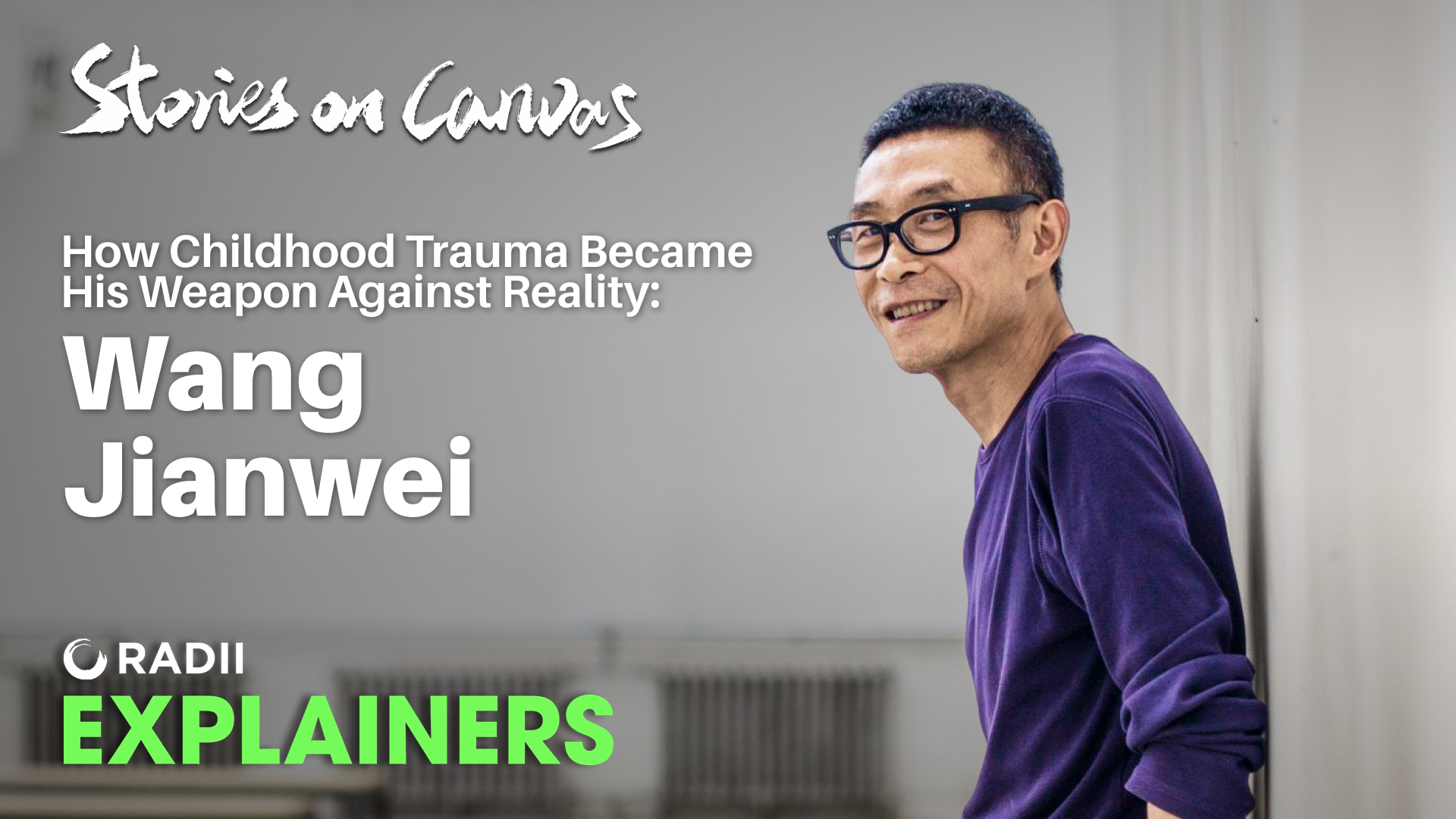This video is part of our Sustainable Future series done in association with East West Bank. It explores how innovative tech is helping to improve livelihoods in backwater towns in China and across Asia and tempering the urban-rural divide. It also examines how Singapore is bringing countryside agriculture to the urban environment.
The western part of North America is home to many ghost towns, with decaying monuments to the boom-and-bust cycle of resource extraction littering the landscape all the way from Alaska right down into Mexico. In California alone, there are hundreds of ghost towns, many of which were once bustling mining settlements that are now deserted following the cessation of resource extraction operations in the late 18th and early- to mid-19th centuries.
On the other side of the Pacific: As rural workers flock to urban areas for better opportunities in China, they have created ‘hollow villages’ inhabited only by the elderly and children. These aren’t quite ghost towns yet, but they are well on their way to the same fate.
Conversely, Chinese metropolises have struggled to accommodate the influx of workers moving in from the countryside. In China, 64% of people live in urban areas — a figure that continues to rise.

The ongoing migration exacerbates the urban-rural divide: Chinese cities are becoming denser, more developed, and wealthier, while rural areas are left in the dust. In an effort to close the gap, entrepreneurs in China and other Asian nations facing similar issues have turned to technology.
Singapore is a country that must combine urban innovation with rural agriculture. The city-state is entirely metropolitan and imports over 90% of its food supply, making it intensely vulnerable to disrupted supply chains and inflation.
In 2019, the country announced its ‘30 by 30’ goal, meaning Singapore wants to produce 30% of its nutritional intake locally by 2030.
Given the physical restraints of its urban environment, though, Singapore has turned to companies like Artisan Green to reach its goal. Artisan Green uses vertical farming technology to grow cheaper, space-saving crops.

Another company trying to close the gap is aquaponics start-up eFishery, which uses automation to help Indonesia’s rural fishermen become more efficient, sustainable, and connected.
Rural areas in China are adopting similar technological solutions. At first, residents of ‘hollow villages’ used ecommerce platforms like Taobao to make a living and connect with the rest of the country. Now, they’re going one step further by hawking their wares directly on social media.
Ma Gongzuo, a beekeeper from Zhejiang province, is one rural resident who has embraced livestreaming. He sells his honey directly on Douyin — China’s version of TikTok — and helps other farmers to do the same.
But will these technological interventions keep these ‘hollow villages’ from hollowing out further? Will they be enough to provide for growing urban populations? Can the massive urban-rural gap ever be closed?
This video, which features interviews with the CEO of eFishery, the founder of Artisan Green, and Ma, the livestreamer in pastoral China, explores how rural villages and cities alike can address and adapt to the demographic changes of the 21st century.
This video was made as part of a series sponsored by East West Bank to highlight the innovative tech making the world more sustainable. East West Bank offers unparalleled services for individuals and companies who wish to build connections and foster collaborations between the U.S. and Asia. Together, we will reach further. For more information, visit www.eastwestbank.com.















